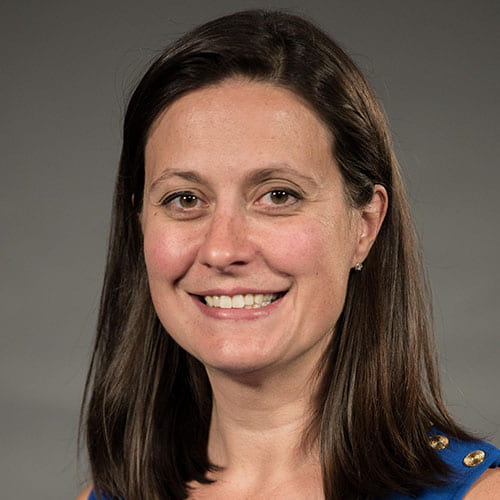There are three common conditions behind student errors in thinking:
Missing knowledge: A student simply has no prior-knowledge about the topic, concept, or approach.
Incomplete knowledge: A student has some prior knowledge but there are gaps or the knowledge is incomplete.
Misconception: A students has prior knowledge but it is incorrect or misapplied.
Since different conditions lead to student errors, we can’t approach all mistakes the same way. Supplying the correct information doesn’t address how the student arrived at the incorrect answer and therefore doesn’t correct their thinking. So knowing how students arrived at a wrong answer is important in determining next steps. How can you determine which category they fall into? Ask reflective questions as part of exams, papers, and projects. Include one or two extra-credit questions that ask students to explain their thinking. “How did you arrive at your answer?” “What prior knowledge or experiences informed your approach?” These answers can shed some light on how students arrived at the wrong answer.
Once you know how they are wrong, you can tailor your response. For students with missing knowledge, this is simply a case of adding the knowledge! Treat this as a blank slate opportunity where students need their understanding built from the ground up.
For students with incomplete knowledge, teach to the gaps. Students may have the foundation or the scaffolding but there’s a few steps missing that get them to the top correctly. So focus on filling in those gaps.
Students with misconceptions need those misconceptions corrected in order to then correct their knowledge. This can sometimes be difficult since students believe they are correct. We see this with concepts such as the phases of the moon (no, it isn’t the Earth’s shadow) or climate change or flat earth (sigh). Students have formed false beliefs or flawed mental models so we can’t get them to a correct answer without first changing their beliefs or mental models. Interestingly, students may provide a correct answer but have arrived at it in an incorrect way. This would also be because of false beliefs or flawed approaches. Correcting misconceptions requires more digging. Instructors need to help students see where their thinking goes against concepts, theories, or practices. And then students need to see and understand the correct concept, interpretation or model. Depending on the subject matter, this can be easier said than done.
When we are all being bombarded by opinions and misinformation these days, we can hopefully help students become more discerning when we teach with a better understanding of how people construct and apply knowledge incorrectly.
In other news…
What I’m Currently Reading: I just finished Beautiful Country by Qian Julie Wang, an amazing memoir about her growing up undocumented in America. I read this in two days because it was so powerfully written.

